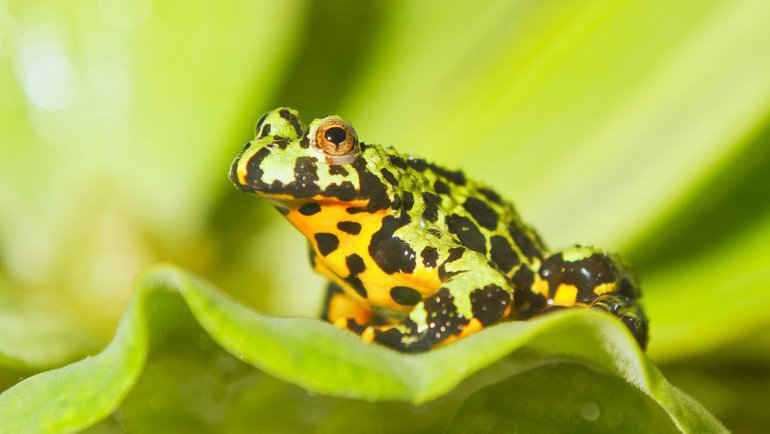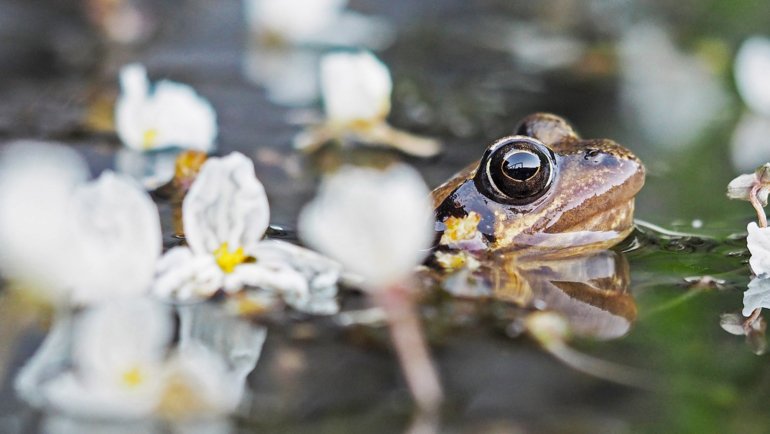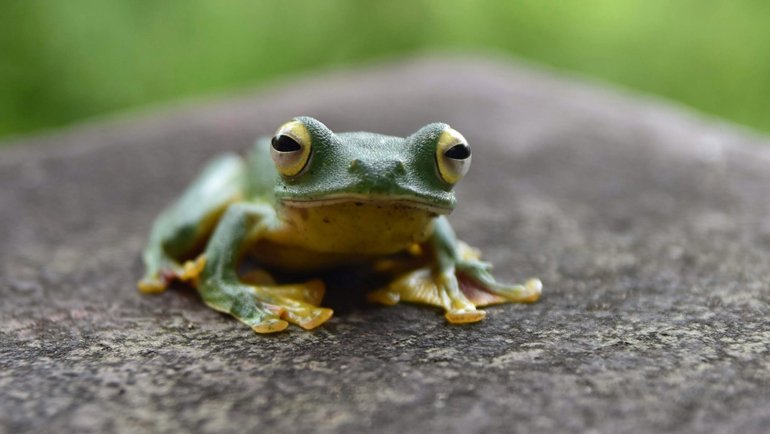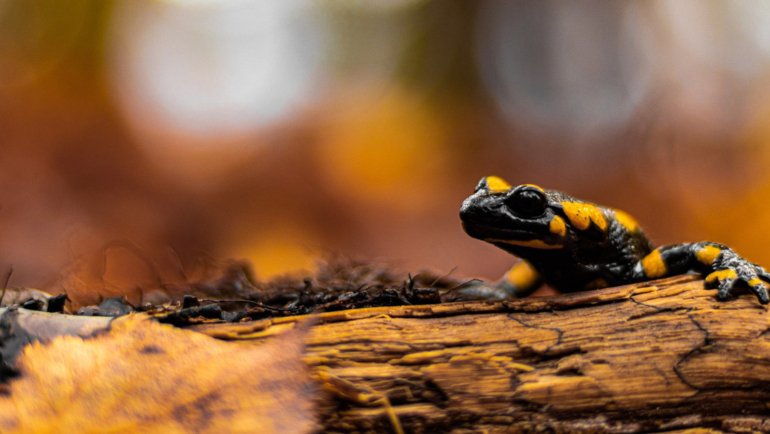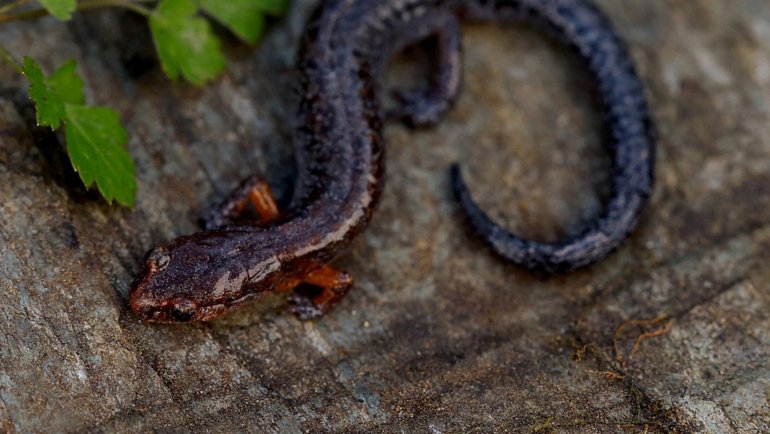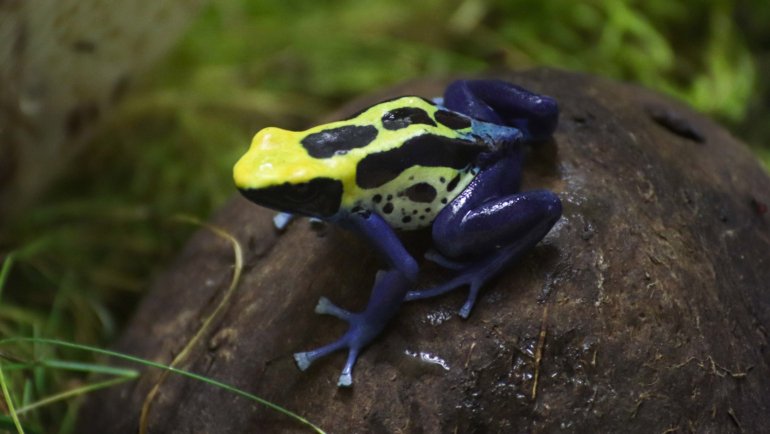Tadpoles, the aquatic larval stage of frogs and toads, are fascinating creatures that play a critical role in freshwater ecosystems. With their distinctive tails and gill-breathing abilities, these small, slippery beings are highly adapted to life in water. Tadpoles contribute to the balance of aquatic environments by consuming algae and other organic material, helping to maintain clear waters. They are a crucial link in the food chain, serving as both consumers and prey, thus supporting a variety of species in their habitat.
As they develop, tadpoles undergo a remarkable transformation, known as metamorphosis, to become fully-fledged frogs or toads, capable of life on land. Despite their small size, they are key players in the ecosystem. Their presence indicates healthy water bodies, and their absence might signal environmental issues. However, their vulnerable larval stage makes tadpoles a target for numerous predators, which we will explore in this article.
Top Predators of Tadpoles
Fish
Fish, particularly species like bass and trout, are among the primary predators of tadpoles in freshwater ecosystems. These efficient hunters rely on their speed and agility to capture and consume tadpoles, which are rich in nutrients. Fish often target tadpoles inhabiting shallow waters or those caught in open areas where vegetation is sparse, making it easier to hunt.
The predation of tadpoles by fish is a natural part of the aquatic food web. This interaction helps control tadpole populations, ensuring that they do not overgraze on algae and disrupt the balance of the ecosystem. Fish predation is especially prevalent in ponds and lakes where both species coexist, and the presence of predatory fish can significantly impact tadpole survival rates.
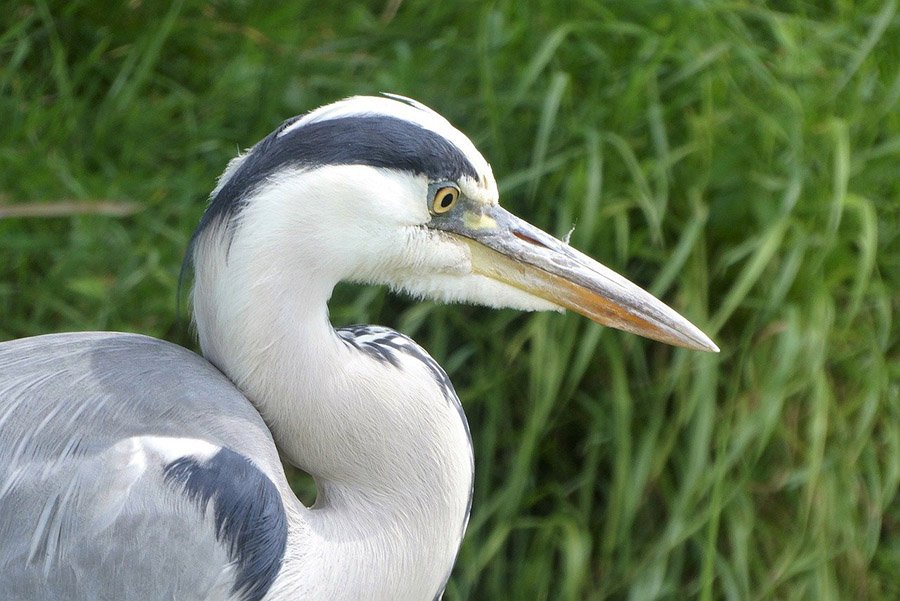
Birds
Birds, such as herons and ducks, are also known to prey on tadpoles. These avian predators are adept at hunting in shallow waters where tadpoles are often found. Herons, with their long legs and sharp beaks, wade through water to spot and spear tadpoles, while ducks dabble on the surface, scooping up these small creatures as part of their diet.
In wetland environments, birds play a crucial role in controlling tadpole populations. The presence of birds often forces tadpoles to seek refuge among aquatic plants or in deeper waters, a behavior that can influence their growth and development. This predation pressure helps maintain a balanced ecosystem by regulating the number of herbivorous tadpoles and, consequently, the levels of aquatic vegetation.
Aquatic Insects
Aquatic insects, such as dragonfly nymphs and water beetles, are formidable predators of tadpoles. These insects are often found in the same habitats as tadpoles and use their stealth and quick movements to capture their tadpole prey. Dragonfly nymphs, in particular, are known for their aggressive hunting techniques, lying in wait until a tadpole ventures too close.
The interaction between tadpoles and aquatic insects is an essential part of pond and stream ecosystems. This predation helps control the number of tadpoles in a given area, which in turn impacts the plant life and water quality. As tadpoles attempt to avoid these predators, they often develop behaviors such as hiding and increasing their swimming speed, which are crucial for their survival.
Frogs and Toads
Interestingly, some adult frogs and toads are known to prey on tadpoles, including those of their own species. This opportunistic feeding behavior often occurs in environments where food is scarce, and adult amphibians resort to cannibalism to sustain themselves. The size and agility of the adult amphibians give them an advantage over the smaller, less mobile tadpoles.
This cannibalistic behavior can significantly impact tadpole populations, particularly in crowded or resource-limited environments. It acts as a population control mechanism, ensuring that only a subset of tadpoles reaches maturity. This predation strategy can also serve as a form of natural selection, as it often targets the weaker or slower individuals.
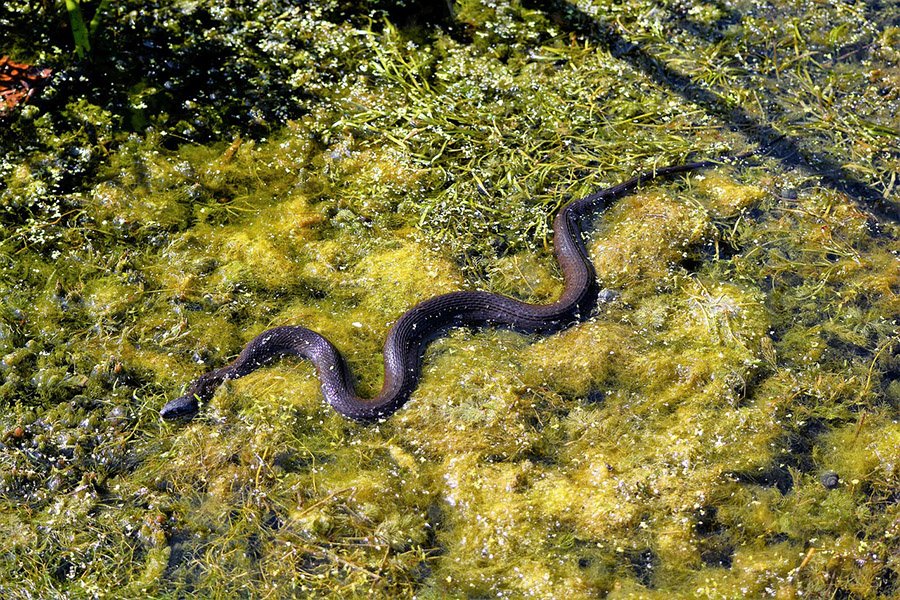
Snakes
Water snakes, such as the northern water snake, are adept predators of tadpoles. These reptiles are excellent swimmers and often inhabit the same bodies of water as tadpoles. Using their keen sense of smell and vision, snakes locate tadpoles and consume them whole, providing a substantial source of nutrition.
The presence of snakes in aquatic environments adds another layer of predation pressure on tadpole populations. This interaction is vital for maintaining a balanced ecosystem, as it helps regulate both snake and tadpole numbers. Snakes often hunt in the early morning or late afternoon when tadpoles are most active, maximizing their hunting success.
Turtles
Aquatic turtles, including species like the snapping turtle, also feed on tadpoles. These turtles are omnivores and will consume a variety of aquatic animals, including tadpoles, as part of their diet. Turtles often forage in shallow waters or near vegetation where tadpoles are likely to be hiding.
The predation of tadpoles by turtles is another important ecological interaction that contributes to the health and balance of freshwater habitats. By preying on tadpoles, turtles help control their populations, preventing overgrazing on underwater flora. This interaction exemplifies the interconnectedness of species within an ecosystem.
Newts
Certain species of newts, such as the great crested newt, are known to prey on tadpoles. These amphibians are skilled hunters, using their keen senses to locate and capture tadpoles in their aquatic environments. Newts often hunt at night, using the cover of darkness to ambush their prey.
The predation pressure exerted by newts on tadpoles can influence tadpole behavior and development. Tadpoles may develop strategies such as altered activity patterns or increased hiding to avoid detection by newts. This predator-prey relationship showcases the dynamic interactions that occur within aquatic ecosystems.
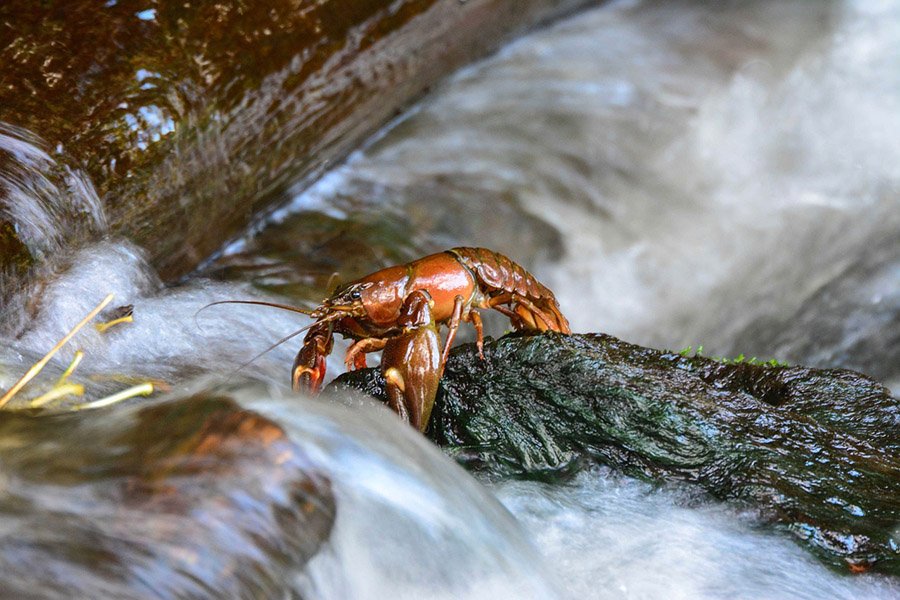
Crustaceans
Some larger crustaceans, like crayfish, are known to prey on tadpoles in freshwater ecosystems. Crayfish are opportunistic feeders that use their claws to capture and consume tadpoles, especially those that dwell near the bottom of ponds and streams.
The presence of crayfish in the same habitat as tadpoles introduces an additional predation challenge. Crayfish contribute to the regulation of tadpole populations, ensuring that they do not become overly abundant. This predation also affects the behavior and distribution of tadpoles within their habitat, as they seek to avoid these bottom-dwelling predators.
How Do Tadpoles Defend Themselves?
Tadpoles, despite their vulnerability, have developed several strategies to defend themselves against predators. One of the most common defensive tactics is camouflage. Tadpoles often blend in with their surroundings, utilizing drab or mottled colorations to avoid detection by keen-eyed predators like birds and fish. This natural adaptation helps tadpoles remain unnoticed as they forage for food in the water.
Another defense mechanism is schooling behavior. Tadpoles often gather in groups or schools, which can confuse or deter predators. When threatened, a school of tadpoles may scatter, making it difficult for predators to focus on a single target. This collective defense strategy increases the chances of individual survival while confronting predation risks.
Tadpoles also employ behavioral adaptations to avoid predators. They may alter their activity patterns, becoming more active at night when fewer predators are present. Additionally, tadpoles often inhabit areas with dense vegetation, which provides cover and reduces the likelihood of predator encounters. These behaviors are crucial for enhancing their survival odds in predator-rich environments.
Chemical defenses are another intriguing aspect of tadpole survival. Some species of tadpoles produce toxins or bad-tasting compounds that deter predators, such as fish and aquatic insects. These chemical defenses are often acquired through diet or are an innate part of the tadpole’s biology, offering a unique layer of protection against predation.
Also read: What Eats Frogs? Discover 16 Frog Predators
Frequently Asked Questions
What animals eat tadpoles?
Fish, birds, aquatic insects, adult frogs and toads, snakes, turtles, newts, and crayfish are common predators of tadpoles.
How do tadpoles avoid predators?
Tadpoles use camouflage, schooling behavior, altered activity patterns, and sometimes chemical defenses to avoid predators.
Do tadpoles have any natural defenses?
Yes, tadpoles have natural defenses such as camouflage, schooling, behavioral adaptations, and, in some cases, chemical defenses.
Can tadpoles survive without predators?
While tadpoles can survive without predators, their presence helps maintain ecological balance, preventing overpopulation and its negative effects on aquatic ecosystems.
Why are tadpoles important in the ecosystem?
Tadpoles are important because they control algae growth, serve as a food source for various predators, and indicate healthy water bodies, contributing to ecosystem balance.
